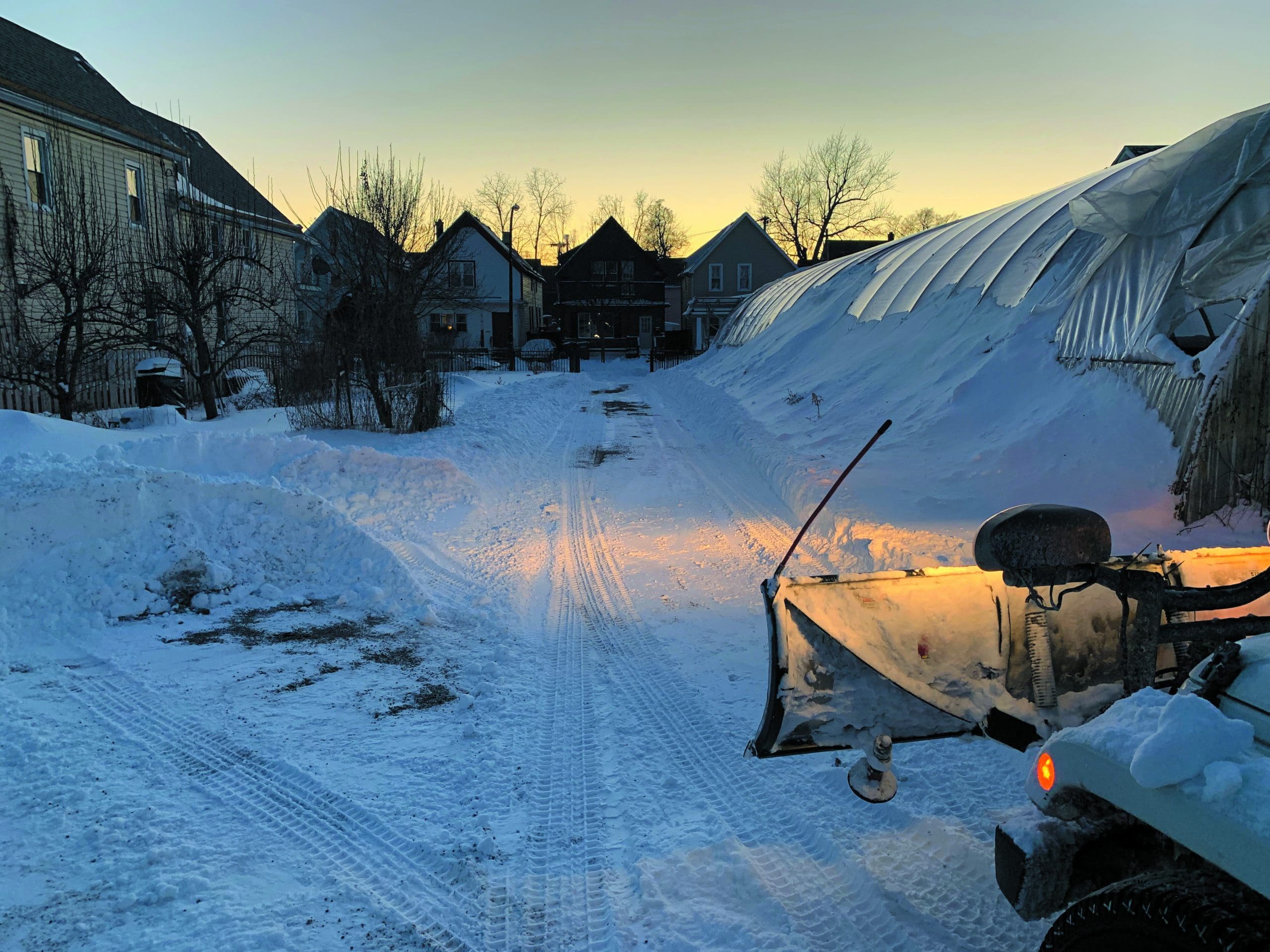
Sometimes they call it white gold. And there is no denying that snow plowing can be a lucrative business, but it comes with its own set of challenges. So, if you operate in a market where there’s enough snow, should you be offering snow removal as a service? Four industry professionals weigh in on the pros, cons, and nuances of providing snow and ice management.
For Chapel Valley Landscape Company, based in Woodbine, Maryland, they started offering snow management for clients in the 80s and 90s as their maintenance division began expanding their service offerings.
“It was a natural progression with maintenance operations and requests from existing customers to expand into this service line,” says Lucas Castor, chief growth officer for Chapel Valley.
Mike Rorie, CEO of GIS Dynamics and board member of GroundSystems, based in Cincinnati, Ohio, has done snow removal work since 1979 at the small, medium and large scale as his first company GroundMasters grew.
Bruce Vander Vennen, president of Jack’s Lawn Service and Snowplowing Inc. based in Byron Center, Michigan, says they’ve been offering snow removal services since the business started in 1974.
For his area, he says snow work just goes along with what lawn and landscape company owners do.
Similarly, Elbers Landscape Service, Inc., based in Buffalo, New York, has been providing snow and ice management since the business was founded in 1919 primarily because of their geography and it provided a revenue stream when they were small.
Jim Hornung, Jr., LIC, owner/president of Elbers, says a lot of their clients required they provide snow removal services in order to earn their business.
The Pros
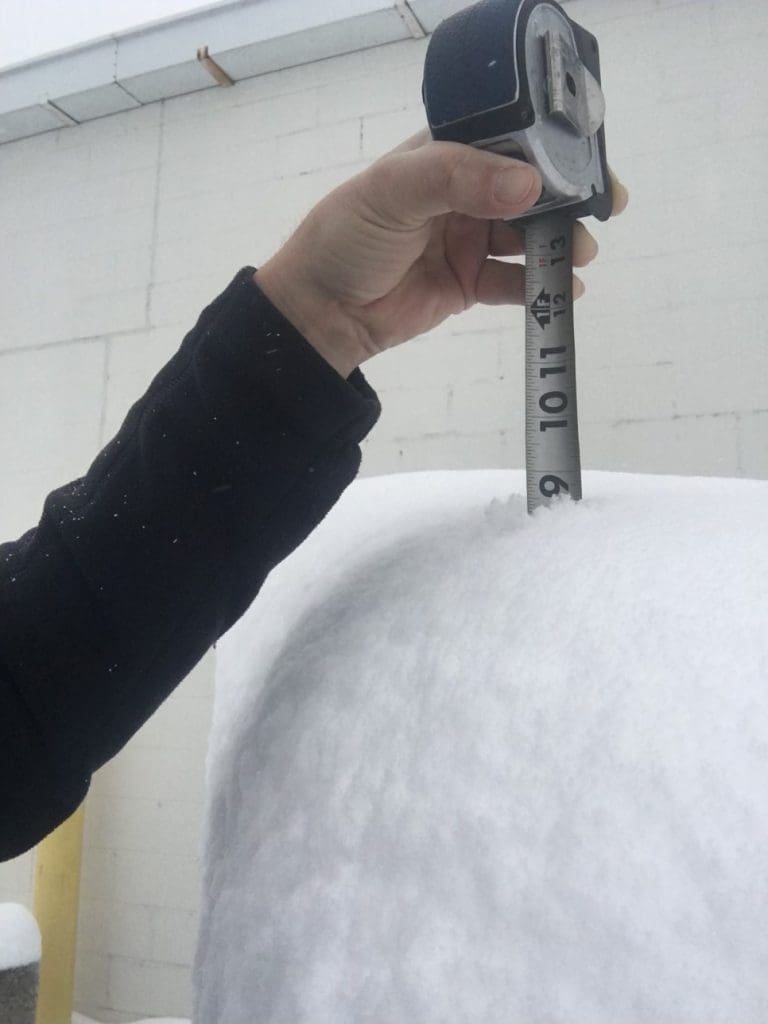
Depending on the market you are in, snow removal can become a solid source of recurring revenue. For Jack’s Lawn Service, snow removal makes up 45 percent of their business. Hornung says it brings in 35 percent of their revenue. He says previously they used to think of snow plowing as a way to get them to the spring, but now they repositioned to turn it into a major profit center. They package their snow plowing with their landscape maintenance services.
“That’s been one of the ways that we’ve been able to fight the commoditization of the landscape business is to say, ‘Listen, if you don’t utilize us for your landscaping, we won’t be able to help you with the snow. We’ve plowed your snow for a long time. You really like the way we plow your snow, but this is the way that it has to work,’” Hornung says.
Castor says a normal snow year for them accounts for five to 15 percent of their company revenue.
Rorie says for people in seasonal markets snow removal typically brings in 15 to 25 percent revenue. He says for areas that receive 25 inches of snow or more should definitely be in the snow business.
“I see it all the time with these guys’ PNLs where they make money when they’re busy, April through November and then they lose money all winter,” Rorie says. “Snow removal, if you have the opportunity, is an absolute logical profit center and a profit center landscape customers look to you to be able to provide before they look elsewhere.”
By offering snow removal services, you can also have a competitive advantage against those who don’t.
“If you’re a commercial maintenance provider, they’re looking for someone to provide that service so by you not doing it or doing it, could mean you retaining the landscape maintenance work or not,” Rorie says.
However, it’s important to know how many inches your market typically receives so you can determine if it’s worth getting into.
Providing snow removal services also allows you to keep more employees on full-time. Vander Vennen says this is one of the big reasons they do snow work is to keep their guys on staff year-round.
Hornung says not only is it beneficial for their employees to keep them on full time but it also benefits their clients and the company because there is a continuity of service. Castor says in years when the snow is light, it provides them the opportunity to get started on their spring operations earlier than they typically would.
The Cons
While snow removal work does allow you to keep your staff on full time, the hours are incredibly erratic, and it can be harder to find employees who want to work those hours. Vander Vennen says when they have low snow winters, sometimes their employees will get jobs at other places since they are paid hourly.
“You’re on call 24/7,” Vander Vennen says. “It might be weekends or holidays or you might have three weeks off. It’s very unpredictable.”
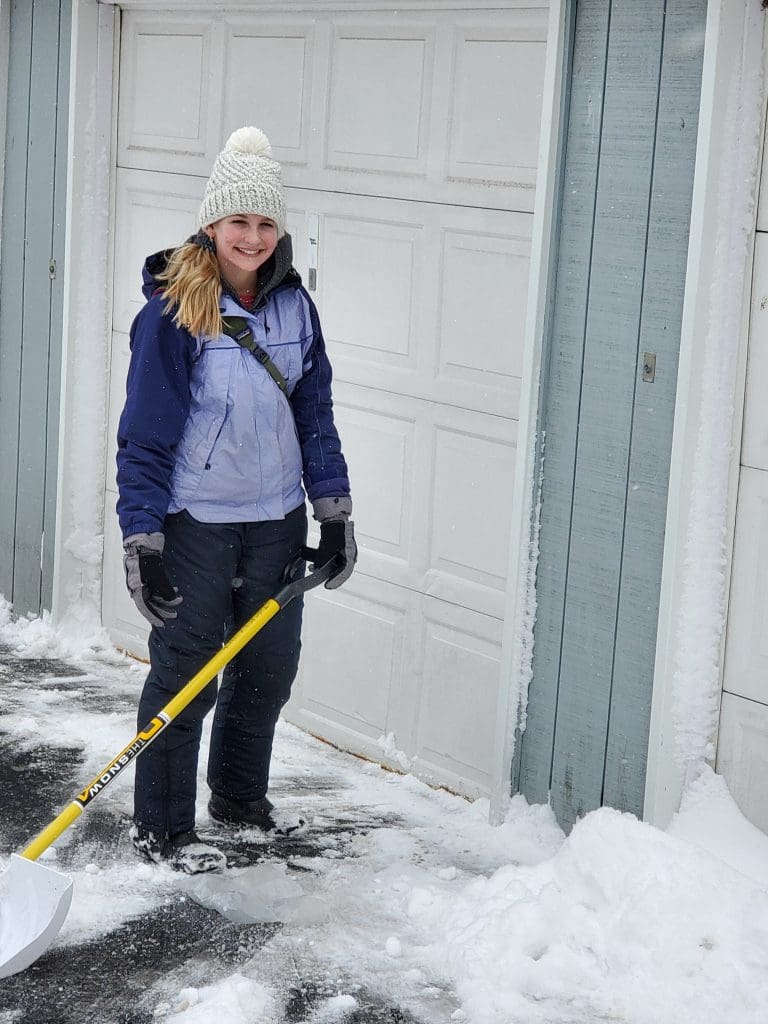
Vander Vennen says it’s crucial to pay your staff well, so they show up when it snows.
“We use a bonus program to incentivize our guys to come in in the winter so they get their basic rate of pay and then they get extra per hour for showing up on time, for doing their work, not damaging anything, so that’s a big thing to help with the guys there all winter long,” Vander Vennen says.
Rorie says there’s no doubt that it’s a challenge being staffed up for a snow event and it requires a commitment from your people. He says from 7 p.m. to 7 a.m. they increase the pay for all their people.
“Under ordinary circumstances, our workday would be 7 a.m. to 7 p.m.,” Rorie says. “So, from 7 p.m. to 7 a.m., we automatically pay you what we call snow pay. That can be what anyone’s comfortable with. With us, it’s automatically time and a half for that pay, and then if you’re over 40 hours in a workweek, that just increases to double time.”
When snow events are completed, if they’ve had a successful event, Rorie says they’ll look at an additional reward for their staff because they know it’s disruptive. They’ll give their employees an additional amount more as a sign of thank you because they know it’s not easy work.
Hornung says he started paying his staff whether it snowed or not around 15 years ago to give his workers financial stability and so Elbers could provide their clients with a higher level of service. He says if your employees aren’t used to working in the snow business, they might like having winters off and expecting them to work now during the winter sometimes changes the employee/employer dynamics.
Other drawbacks to offering snow and ice management services are the additional costs that come from higher liability insurance and equipment investments. Due to the nature of the work, insurance rates are higher for those who plow and you need to have enough work to justify the increased costs.
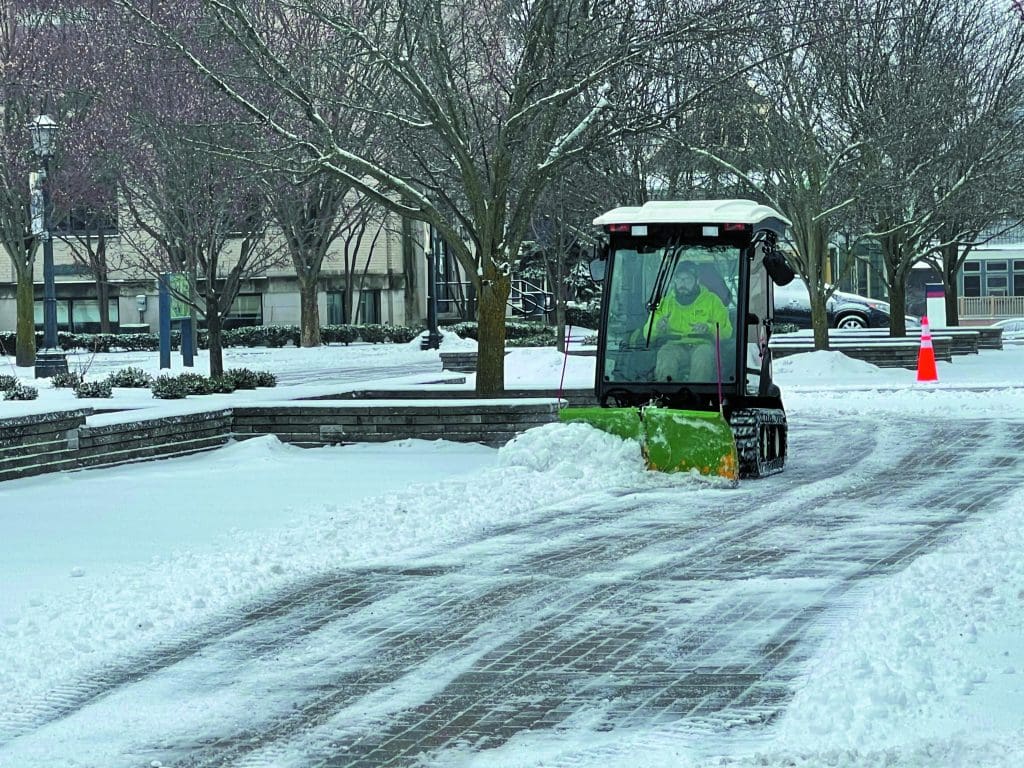
“It is still worth pursuing but it’s important to work with customers that understand the importance of working together throughout the season in terms of snow management and in sharing the risk,” Castor says.
Rorie advises looking at the agreements you’re signing and avoid working with clients who are trying to pass 100 percent liability on to you for anything that happens on the property during a snow event.
Hornung says capital expenditures are much higher with a snow removal division as everything from four-wheel-drive trucks to specialty equipment can be quite costly. Vander Vennen says when you get bigger you should have also extra equipment on hand. Jack’s Lawn Service has an extra piece of equipment for every seven or eight pieces they have.
If you don’t want to make a big investment in loaders and larger trucks, you could go become a sidewalk crew subcontractor. You can purchase ATVs and snowplows for stand-on mowers instead. Rorie says he pays their subcontractors $45 an hour for sidewalk labor.
Tips for Success
If you do decide to go into the snow and ice business, be aware of the many different contract types. All the experts agree that it’s better to use a mix of the contract types.
“The best contract type is one that spreads around your risk,” Hornung says. “If you’re all seasonal and you get a very, very, very heavy winter, what are you going to do? If you’re all push, and you don’t get any snow what are you going to do?”
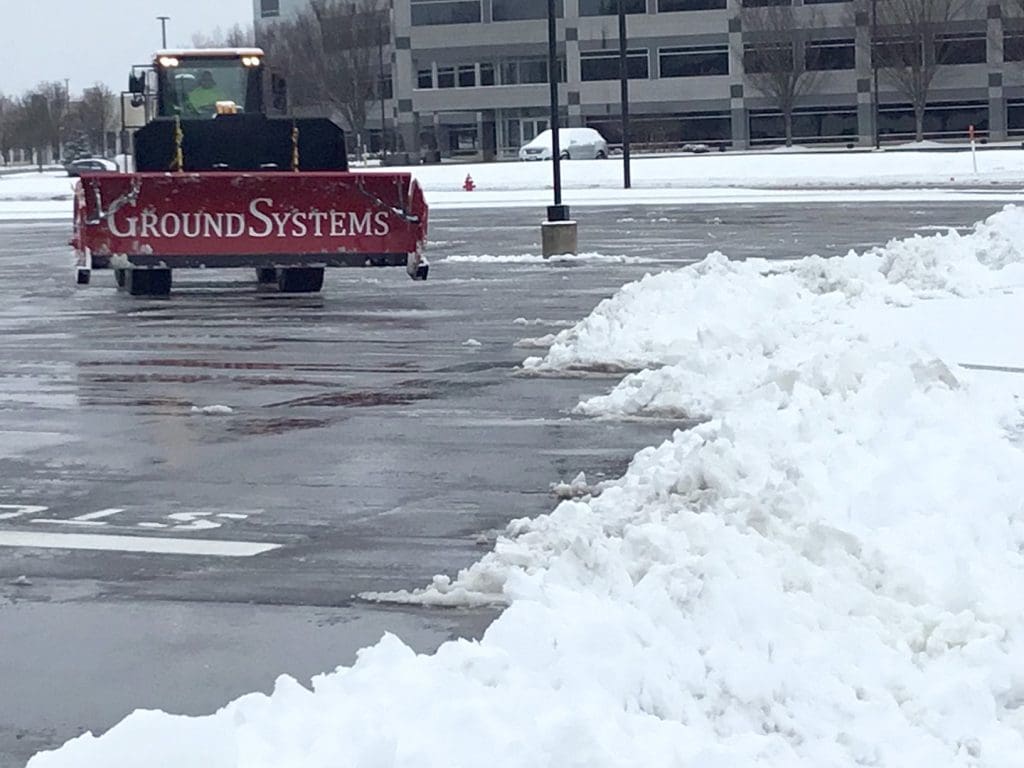
Some of the common contract types include seasonal, per push, per inch, per event, per hour and lump sum. Both Rorie and Vander Vennen find hourly the worst contract option.
“We don’t do anything per hour,” Vander Vennen says. “We either do per season or per time. The reason per hour is the worst is it doesn’t incentivize you to be efficient. Because we have pretty top-notch equipment that’s state of the art we want to get the work done as quickly and efficiently as possible.”
Jack’s Lawn Service has 60 percent seasonal contracts and 40 percent per push. Castor says in the Mid-Atlantic more customers are moving towards per inch or per event contracts and away from the classic time and materials ones.
“Every contract has its pros and cons for both the contractor to perform and the customer to manage cost, though weather variability in our area does make ‘lump sum or annual contracts’ challenging to price and manage for all parties,” Castor says.
When it comes to budgeting, most try to work from winter averages to determine how much snow to expect.
“We put our budget together on an average winter, and so we’re in Grand Rapids, Michigan,” Vander Vennen says. “In our area, there’s not a huge flux in the amount of snow.”
Castor says because of the variability from season to season, they don’t budget for snow revenue when looking at their annual revenue. They will still budget the cost that comes from offering snow management.
As for whether you should use subcontractors, it depends on your personal preference and your goals.
“This is the double-edged sword of the industry,” Castor says. “While it is more profitable to keep services entirely in-house you are then also burdened with additional equipment maintenance and pulling employees away from ‘management’ of an event and into operations. We try to keep an even balance between in-house and subcontracted work to allow our teams to direct operations and act as backup should a subcontractor need assistance.”
Vander Vennen says utilizing subcontractors makes it easier for them to grow as they don’t have to find additional labor and purchase extra equipment if they pick up more work that they didn’t have the previous year. He says they’ll see how a subcontractor does for the first year before deciding about hiring them again the following season.
Elbers chooses not to use subcontractors. Hornung says he doesn’t like relinquishing that amount of control.
“When I make the commitment, it’s on us to make sure that we get it right and so I always feel more comfortable doing it with my own equipment and my own staff,” Hornung says. “That is just a better recipe for us.”
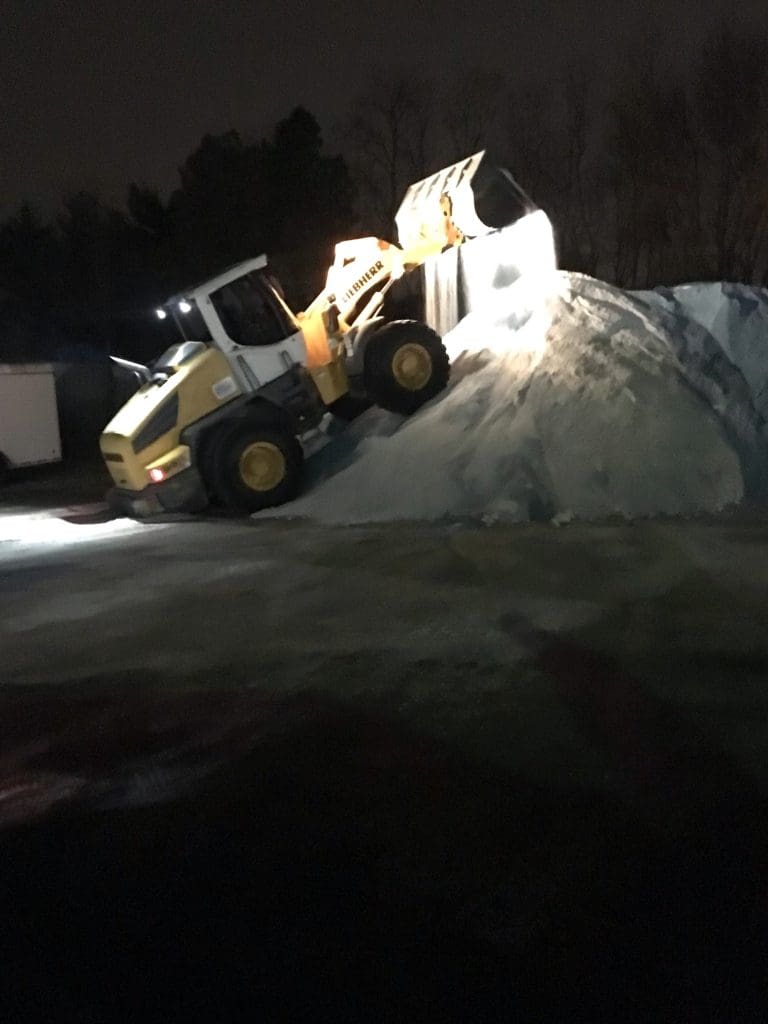
Rorie also suggests subcontracting yourself if you don’t have the customer base to support the service and as a way to learn about the business.
“I tell guys that don’t have experience if you can find a good contractor in your marketplace and become a subcontractor for them, that’s not only an easy way to learn, but now I don’t have to sell the work,” Rorie says. “I’m only billing my one customer, the contractor I’m working for. I’ve only got to manage and deliver the work with my guys. I don’t have the phone ringing. I don’t have outside demand, and they tell me when to go and what to do.”
Castor’s advice for success is to work closely with customers before, during and after the season to outline expectations, manage events in real-time and report on past events.
Vander Vennen and Rorie suggest learning what you can from industry experts. Rorie says it’s not rocket science but at the same time you can get your knuckles hit pretty hard learning on your own versus somebody helping you understand it. Hornung adds getting connected with a trade association can be eye-opening and helpful to people.
“Plowing isn’t for the faint of heart,” Hornung says. “You have to have a willingness and an understanding that if it snows on Christmas you may have to wait to open up Christmas presents with your family. Conceptually, I think a lot of people in this industry, or a lot of blue-collar types like ourselves think ‘Oh yeah I can plow snow, I know how to drive a truck, how hard could it be?’ Well it’s fine if it’s going to snow three inches, and it’s on a Tuesday evening and you’re back in your bed by 2 a.m., but if it’s going snow 40 inches or 14 inches, depending on where you are geographically, but it’s going spread out over 12 or 16 or 18 hours, it separates the contenders and pretenders pretty quickly.”
This article was published in the September/October issue of the magazine. To read more stories from The Landscape Professional magazine, click here to subscribe to the digital edition.

